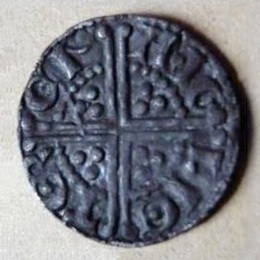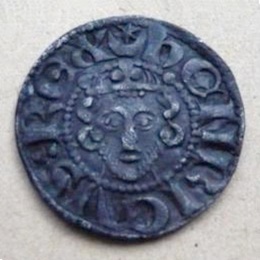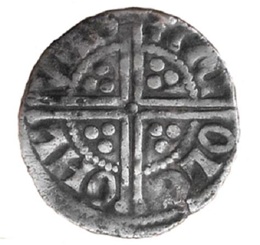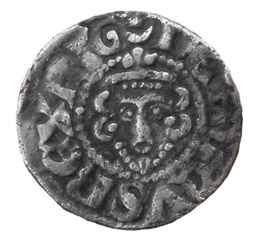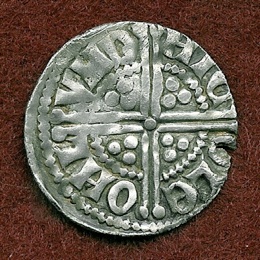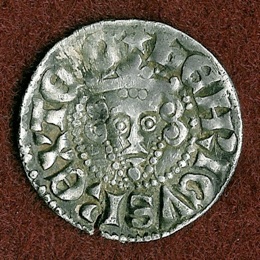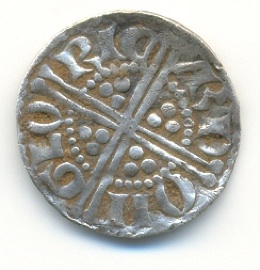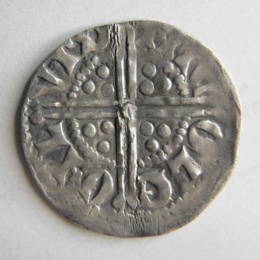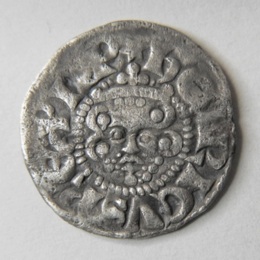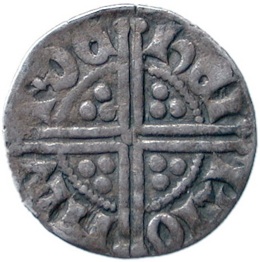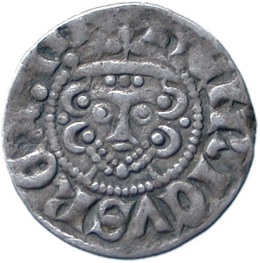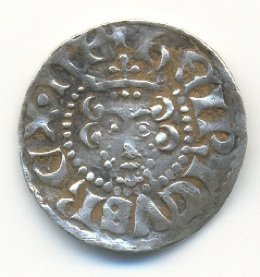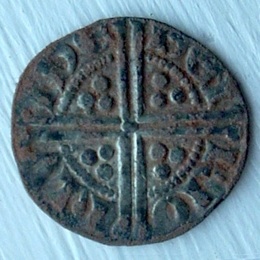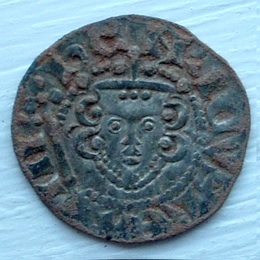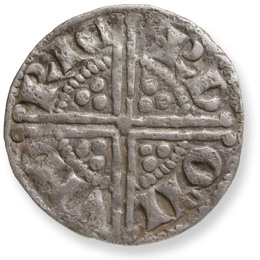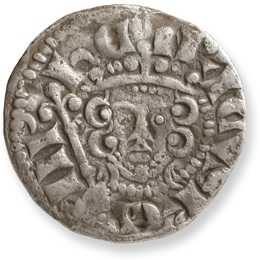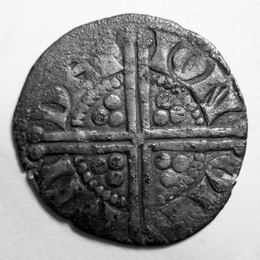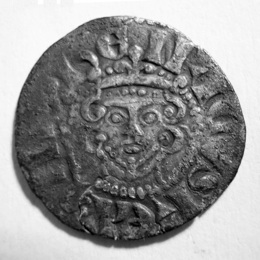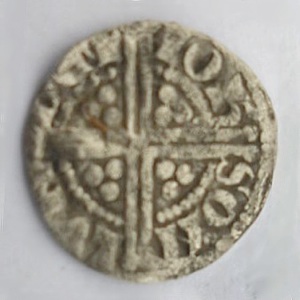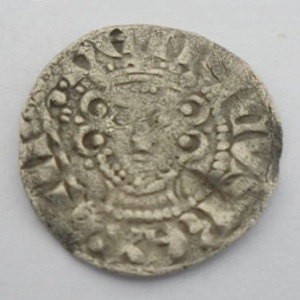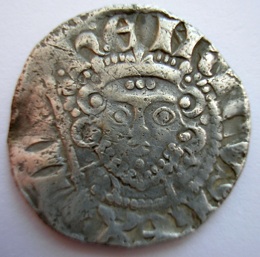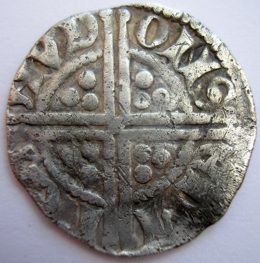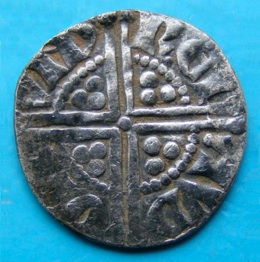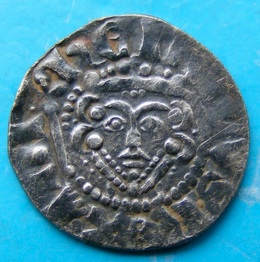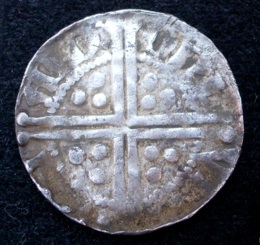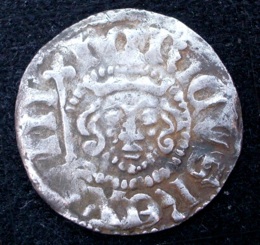Voided Long Cross Coinage
Henry III, 1247-72
By the middle part of Henry III's reign the coinage was in need of renewal, with many of the earlier produced coins being worn and clipped. In 1247 this new coinage was issued. The voided cross that was present on the reverse of the Short Cross issue was now extended to the edge of the coin to prevent clipping. Many provincial mints were opened for the production of this coinage, but closed again in 1250, with only the mints of London, Canterbury, Durham and Bury St Edmunds remaining open.
In 1257, a gold “Penny” with a value of 20 pence was issued following the introduction of gold coinage in some Italian states. This coinage was not a success and few of these coins survive.
Cut halfpennies and farthings are common for this period.
As with the Short Cross coinage, a table of mints, moneyers and the classes they produced can be found in the Spink Standard Catalogue of British Coins, which is a very useful guide for this issue.
Things to look out for
Sceptre: If the coin has no sceptre on the obverse, it is class I – IIIc. If the coin has a sceptre then it will be class IV – VII (Classes VI and VII are Edward I).
Legend: Most coins of the Voided Long Cross (VLC) read hENRICVS REX III on the obverse, with a mint and moneyer on the reverse. However, some of the earlier classes have different legends, which are given in the descriptions below.
The position of the legend is also important as for all coins up to class Ivb the legend begins at the “12 o'clock” position, whereas for coins of class V onwards the legend begins at “10 o'clock”.
Shape of the letter R: For some classes of the VLC coinage the letter R is a slightly different shape, and the descriptions below tell you which classes have the differently shaped letters.
Shape of the letter X: In a similar way to the letter R, some classes have a differently shaped letter X.
Shape of the eyes: Some classes of coin have differently shaped eyes. Again, this is given in the descriptions.
Crown: The style of the crown may be different for some classes, and this is also discussed in the descriptions.

